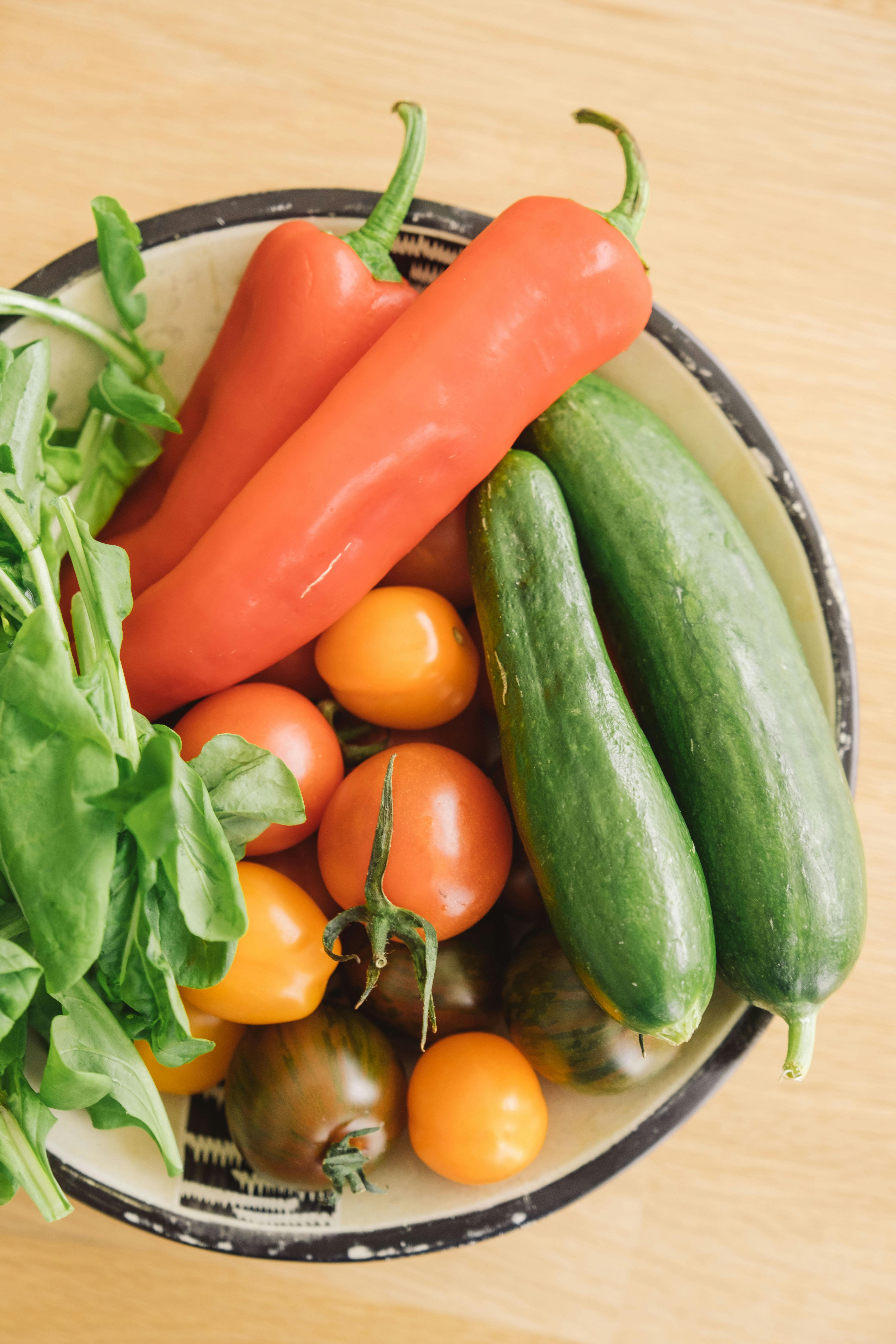Effective Ways to Optimize Your Low Fermentation Diet in 2025
The low fermentation diet has gained significant traction for individuals seeking to improve their digestive health, especially those with conditions like Irritable Bowel Syndrome (IBS). This dietary approach minimizes foods that cause bloating and discomfort by reducing high-FODMAP ingredients, which are fermentable carbohydrates. Implementing a low fermentation diet can seem daunting, but with the right strategies, it can be a seamless transition to better gut health.
In this article, we’ll delve into the advantages and challenges of a low fermentation diet, present practical cooking tips, versatile recipes, and meal plans tailored to your busy lifestyle. We will also explore the health benefits of low fermentation foods and emphasize mindful eating practices to ensure long-term well-being.
By understanding the core principles of a low fermentation diet, you'll not only enhance your digestive system support but also enjoy a diverse range of nourishing meals. Whether you’re new to this diet or looking to optimize your existing routine, the insights provided in this guide will equip you with the knowledge needed to thrive in your dietary journey.
Understanding the Low Fermentation Diet Basics
Building on the fundamentals of digestive health, the low fermentation diet is designed to ease gastrointestinal discomfort by avoiding certain fermentable foods. This section will provide a comprehensive explanation of what constitutes a low fermentation diet, while also distinguishing it from other dietary approaches like the low FODMAP diet.
What is a Low Fermentation Diet?
A low fermentation diet focuses primarily on minimizing foods known to trigger fermentation in the gut. Foods that are high in FODMAPs, such as certain legumes, dairy products, and certain fruits, can lead to digestive issues in many individuals. By reducing these foods and incorporating low fermentation alternatives, you encourage not only comfort but also improved nutrient absorption.
The Benefits of a Low Fermentation Diet
Many individuals find that switching to a low fermentation diet can lead to several health benefits, including reduced bloating, enhanced energy levels, and improved gut health. Moreover, this diet can assist in weight management by promoting mindful eating and encouraging a balanced intake of macronutrients.
Comparing Low Fermentation Diet to Low FODMAP
While both diets share similarities in that they aim to reduce gastrointestinal symptoms, a low fermentation diet is often broader. It emphasizes the overall fermentation process, not just specific carbohydrates. This means that foods like fermented dairy and certain vegetables may be limited, unlike the stricter low FODMAP diet, which specifically targets types of fermentable carbohydrates.
Adopting Low Fermentation Cooking Techniques
With these basics established, let’s explore some effective cooking techniques that enhance your low fermentation meals. These methods will not only help you prepare flavorful dishes but can also boost the nutrient density of your meals.
Low Fermentation Cooking Tips
1. **Choose Fresh Ingredients**: Fresh, whole foods are the backbone of a low fermentation diet. Focus on incorporating whole grains, lean proteins, and seasonal vegetables.
2. **Focus on Cooking Methods**: Techniques such as steaming, boiling, and roasting are ideal for ensuring that your meals remain low in fermentation. Avoid excessive frying, as it could introduce unwanted fats and affect digestion.
3. **Batch Cooking and Meal Prep**: Preparing meals in advance can simplify adhering to a low fermentation diet. Cook larger portions of low fermentation recipes and store them in portioned containers for easy access throughout the week.
Essential Low Fermentation Ingredients
Knowing which ingredients to keep stocked is crucial. Low fermentation foods include certain lean meats, eggs, gluten-free grains, and a variety of low fermentation vegetables like zucchini and bell peppers. For snacks, consider trying fresh fruits such as strawberries and blueberries, which are less likely to cause digestive distress.
Simple Low Fermentation Meal Plans
Transitioning into a new diet can be challenging, but a well-structured meal plan can make the process smoother. Here are some meal ideas that align with your low fermentation lifestyle.
Low Fermentation Breakfast Ideas
Start your day on the right note with easy low fermentation meal suggestions like oatmeal made from gluten-free oats topped with blueberries, or a fluffy omelet filled with spinach and tomatoes. Pair your meal with a low fermentation drink, such as an herbal tea or a smoothie made with low-fructose fruits.
Low Fermentation Lunch Ideas
For lunch, consider a quinoa salad packed with carrots, cucumber, and a light lemon dressing. Alternatively, a grilled chicken wrap using gluten-free tortillas can add variety to your meal prep. These options are not only simple to prepare but also provide a great balance of nutrients.
Low Fermentation Dinner Ideas
Dinner can feature beautifully roasted vegetables alongside baked salmon—both loaded with healthy omega-3s. Incorporating low fermentation grains, like rice or polenta, can also help you create satisfying meals that adhere to your dietary needs.
Low Fermentation Snacks and Meal Ideas for Families
Preparing fun and nutritious snacks for your family isn't difficult. With this low fermentation outline, you can offer foods that everyone will enjoy while supporting their digestive health.
Creating Low Fermentation Snacks
Opt for simple snacks like sliced cucumbers with hummus, or rice cakes topped with avocado. Additionally, making smoothie bowls with spinach, banana, and nut milk can provide quick nourishment for busy days.
Low Fermentation Food Swaps
When adjusting to a low fermentation diet, occasional food swaps can help maintain a satisfying and diverse menu. Replace traditional dairy products with almond milk or coconut yogurt, which can be easier on sensitive digestive systems. For grains, consider using quinoa instead of bread or pasta for meals.
Low Fermentation Meal Delivery Options
If time is of the essence, many meal delivery services now offer low fermentation meal plans. Research these services to find options that fit your lifestyle and dietary preferences. This is particularly useful for busy families or individuals who may struggle with meal preparation.

Enhancing Digestive Health with Low Fermentation Strategies
Taking this concept further, it's vital to connect your food choices with strategies for improved digestive health. Incorporate mindful eating practices and consider how you can modify your behavior around meals.
Mindful Eating for Digestive Wellness
Mindful eating encourages you to focus on your food, enjoy your meals, and listen to your body's hunger signals. This approach not only makes eating more enjoyable but also supports digestion by minimizing overeating and promoting slow eating.
Low Fermentation Diet FAQs
Addressing common questions can help ease transitions into this dietary strategy. See if you can find answers to queries regarding the long-term impacts of a low fermentation diet or the best low fermentation foods to incorporate.
Real-Life Low Fermentation Success Stories
Experiences from others can offer inspiration; numerous individuals report improved digestive health, increased energy levels, and greater overall wellness from embracing the low fermentation lifestyle. Listening to these stories can motivate you to stay consistent with your dietary choices.

Final Thoughts on the Low Fermentation Diet
In conclusion, embracing a low fermentation diet can lead to pivotal health improvements, particularly for those with digestive issues. Remember that gradual changes are more sustainable, and using the cooking tips and meal ideas outlined above can ease your transition. By making informed food choices and discovering a community that supports your low fermentation journey, you can advocate effectively for your health.
Explore and adjust your culinary practices and watch as your digestive health flourishes in the vibrant world of low fermentation eating.
```